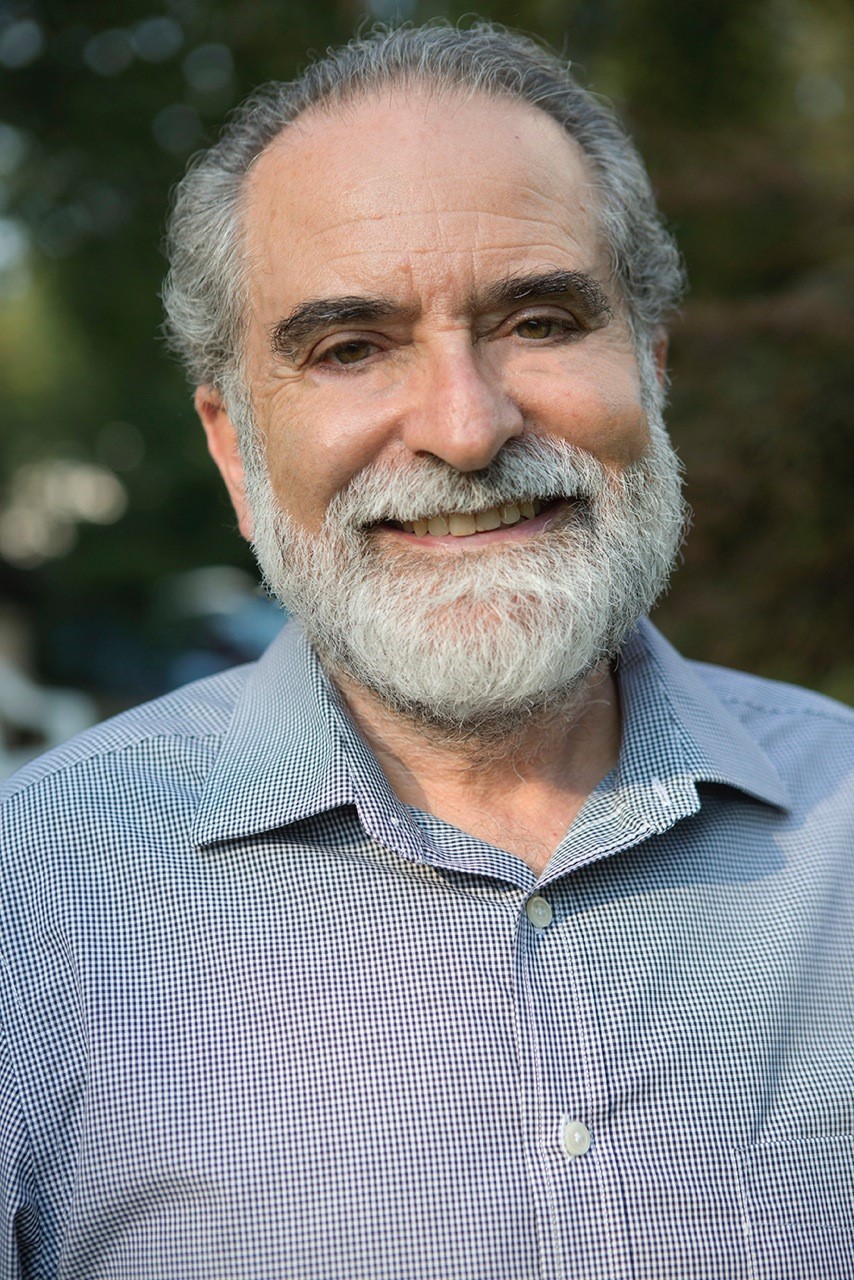Rabbi Simeon J. Maslin, rabbi emeritus of Reform Congregation Keneseth Israel in Elkins Park, PA, composed the "Seder P'reidah: Ritual of Release" document and service for the Central Conference of American Rabbis in 1983 while serving as chairman of its Committee on Reform Jewish Practice. The document, a "Ritual of Separation," is designed to offer spiritual closure to couples after failed marriages. It was first issued by the CCAR in 1983 and then published as an optional rite in the Rabbi's Manual. Rabbi Maslin was interviewed by Reform Judaism magazine editor Aron Hirt-Manheimer.
How has Reform Judaism categorized divorce?
Divorce is considered a civil matter in accordance with the principle of dina d'malchuta dina (the law of the state is binding). The ketubah (marriage contract), the get (divorce document), and the beit din (rabbinical court) were all eliminated as outdated and irrelevant practices that demeaned women. At a Reform rabbinical conference held in Philadelphia in 1869, a sharp theological distinction was drawn between marriage, which was to remain under rabbinic supervision, and the dissolution of marriage, which was not. Rabbi David Einhorn argued that religion presides at the formation of marriage, for when two persons unite in the formation of a sacred union, it is the proper function of the religion to offer its blessing. But religion has no positive role to play when the marital union comes apart, for how can one sanctify that which is destructive of holiness? In 1929, the executive board of the Central Conference of American Rabbis (CCAR) affirmed the 1869 decision, declaring: "when the rabbi officiates at a marriage, he does so as an officer of the state. But a divorce is purely a legal action with which the rabbi has no connection." This position remained essentially unchanged until recent years.
Today, the Reform Movement in the United States accepts civil divorce as completely dissolving the marriage and permitting the remarriage of the divorced persons. No get or any substitute form of religious divorce is required. Nevertheless, some Reform rabbis in America recommend obtaining a get, because they fear that a child born to a divorced woman without a get will be considered by the Orthodox as a mamzer, an "illegitimate" child who, upon reaching adulthood, will be forbidden to marry any other Jew except another mamzer. Reform Judaism has abandoned the concept of mamzerut; it is morally repugnant to place such a crushing disability upon a child whose only "crime" was to be born to a divorced parent without a get. If a Reform rabbi did not have to be concerned about the possible future marriage of a child of a non-get marriage to an Orthodox Jew, the issue would be moot; civil divorce would be sufficient. But as part of k'lal Yisrael, the community of world Jewry, we cannot ignore the legal traditions that govern a significant portion of our people. Perhaps this is why, outside of the United States, in countries where liberal Judaism is generally in the minority, most Reform rabbis insist on a get as a prerequisite for remarriage.
Do you personally recommend that Reform Jews who divorce secure a get?
It has been my personal practice during premarital counseling to explain the get and the concept of mamzerut in all cases in which there has been a prior divorce. If the divorced party is a man, I ask him whether his former wife is of child-bearing age and, if yes, whether he has given her a get. If the answer is no, I insist that either he or I contact his former wife to make sure that she understands the implications of remarrying and having children without a get. If she then decides she wants one, I assist in the arrangements. Where there is a Conservative beit din available, I generally offer it as an alternative to Orthodoxy. Many modern Orthodox rabbis will, albeit reluctantly, accept the get of a Conservative beit din rather than brand a person as a mamzer. However, if no alternative exists, to avoid taking a chance on the happiness of an innocent child, I recommend an Orthodox get and choose a rabbi who will guide the couple through the procedure with sensitivity. I also recommend that women contact Kayama, an organization based in Brooklyn, NY which is dedicated to protecting the rights of Jews who wish to remarry by assisting them in obtaining a get at the time of their civil divorce.
In 1983, the Reform Jewish community introduced a ritual of separation for divorcing couples known as Seder P'reidah. Why was it put into practice?
In 1981, in response to a request from the CCAR's Committee on Family Life, the Committee on Reform Jewish Practices began discussing the issuance of an optional Reform ritual of separation. It was met with much opposition-and initially I was among the most vocal opponents. I feared that colleagues might conduct the ceremony and issue the document without fully explaining to the couple or individual involved that the document would have no halachic standing with an Orthodox rabbi who might be called upon to officiate at a remarriage or at the marriage of a child of that remarriage. As much as I abhorred the Orthodox attitude toward innocent people whom they considered mamzerim, I couldn't allow myself or the CCAR to be party to the issuance of a document that people might believe, unknowingly, to be an acceptable get. The Committee respected these reservations, but a number of colleagues-particularly the younger members-kept raising the issue, pointing out that many divorced congregants needed some spiritual closure after failed marriages. Given the fact that Reform Jews are married in a sacred Jewish ceremony that cannot be abrogated by a civil court, they argued, shouldn't they have the opportunity to have a rabbi "deconsecrate" their former marriages? Shouldn't people who don't want an Orthodox get be afforded spiritual closure to their marriages? Finally convinced of the validity of this position, I assigned myself the task of composing the document in such a way that it could not be mistaken for a get. In 1983, after consultation with the CCAR's Liturgy Committee, the Reform Practices Committee issued the Seder P'reidah as an "available option," and five years later it appeared in the CCAR's new Rabbi's Manual.
How is the Seder P'reidah service structured and conducted?
Seder P'reidah (A Ritual of Release) begins with an unusual caveat directed to rabbis: "It is understood that the following ritual will be conducted only after the rabbi has had the opportunity to counsel with one or, preferably, both of the parties involved, and only after the couple has received a civil divorce decree." This caveat goes on to explain that the ceremony and its accompanying document do not constitute a halachic get. Participants are invited to include children and close friends.
The service begins as the rabbi explains that Judaism has always allowed divorce for those who "no longer experience the sacred in their relationship," but that when the sacred bonds of marriage are dissolved, "even the altar sheds tears." [Gittin 90b] After the parties declare their consent to the termination of their marriage and their willingness to release each other so that they may begin new lives, the rabbi asks that they acknowledge the good as well as bad memories and counsels them to treat one another with respect and trust. The rabbi may then offer personal remarks, concluding with the assurance that, despite this dissolution, "love and sanctity endure," and a prayer that God will "watch over you and protect you as you go your separate ways."
What benefits does this ritual offer the divorcing couple?
It introduces a spiritual dimension into what is often a sterile civil court procedure. Just as the rituals attendant to a Jewish marriage add a unique dimension to what is basically a secular, legal arrangement, Seder P'reidah attempts to create a sacred space and time for making the difficult transition from marriage to singleness. The service itself is designed to begin the healing process. As the rabbi says, just before introducing the Document of Separation: "What existed between you, both the good and the bad, is ingrained in your memories. We pray that the good that once existed between you may encourage you to treat each other with respect and trust, and to refrain from acts of hostility. And may the love that you have for your children, and the love that they have for you, increase with years and understanding." The service also encourages the officiating rabbi to offer a personal message to people he or she has known through the years-some guidance, thoughts, inspiration that may stay with them during this period and for the months and years to follow.
Is there any danger that the voluntary use of a document of separation might become mandatory in the future?
I cannot envision any scenario under which the organized Reform Movement would make the Seder P'reidah mandatory. One of the principles of Reform Judaism is informed choice.
In hindsight, would you have done anything differently in composing the Seder P'reidah document and service?
I think that I would have responded sooner to the requests for this service from the Family Life Committee. There is so much pain out there in our congregations as a result of divorce. The existence of the ritual might encourage individuals experiencing such pain to come into the synagogue, to receive some reassurance and comfort from their rabbis, and to resume their lives without the feeling that the religious ties established through kiddushin have not been properly dissolved. I hope that Seder P'reidah serves this purpose.

